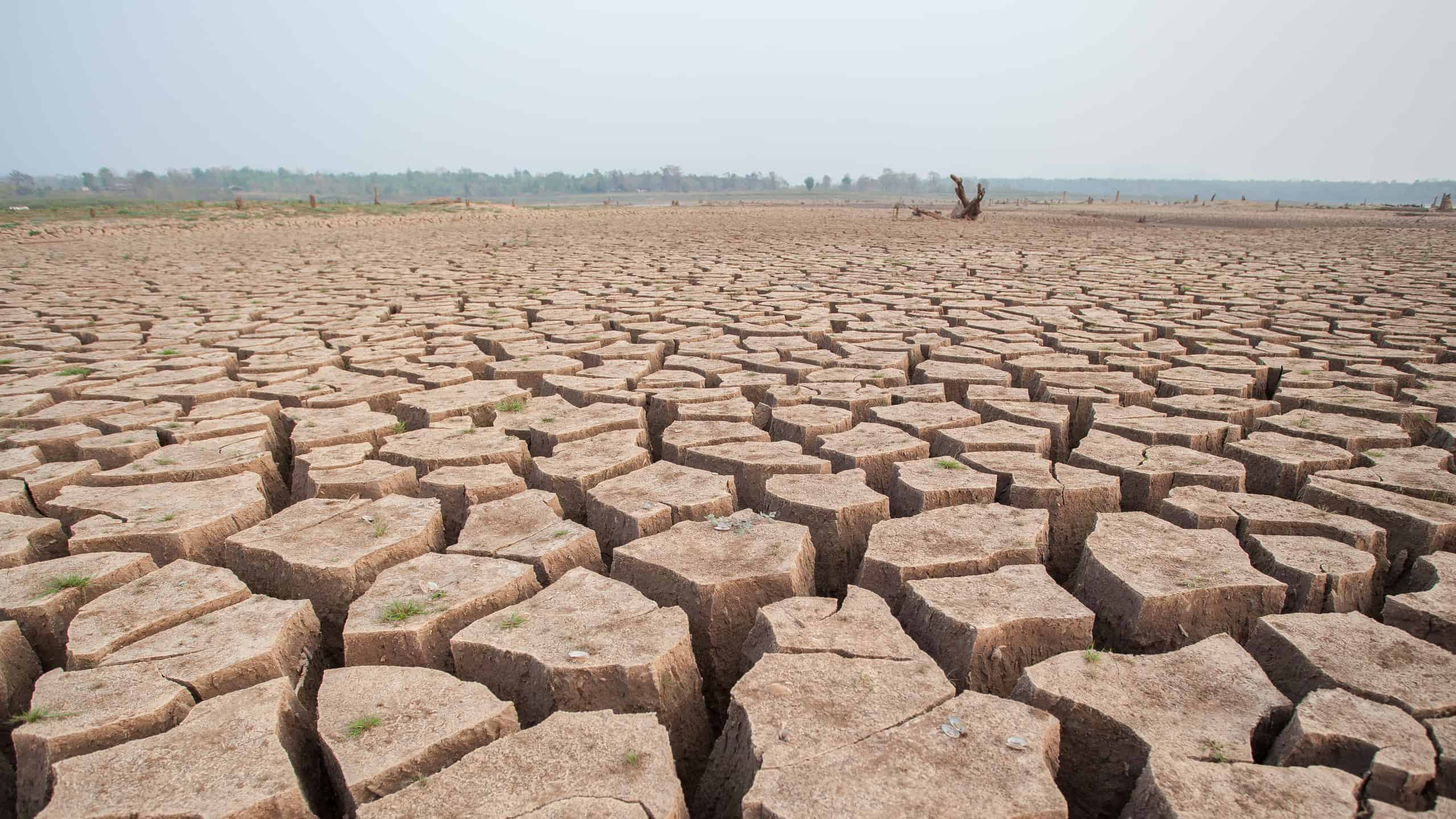Pandemic, pollution, and greenhouse effect: a tricky trio
Within months of the outbreak of the Covid-19 pandemic, several reports were made on the sharply declining pollution levels worldwide. Many cities around the world were recording their lowest levels in several years.There was hope, the slowdown of global warming was tangible. Who doesn’t remember seeing wild animals walking down city avenues, cleaner rivers with crystal clear water, bluer skies and whiter clouds?
In 2020, with entire countries in a state of emergency, people were left in isolation, factories and industries closed, fewer vehicles were on the road and planes were grounded for weeks. With economic activity halting very sharply, pollution levels and greenhouse gas emissions dropped dramatically.
According to IQAir’s 2020 World Air Quality Report study, 84% of countries have seen significant improvements in air quality. NASA also reports that the restrictions have reduced the level of nitrogen dioxide concentration in the atmosphere by almost 20% globally.
However, just like the lockdowns, this improvement in greenhouse gas emissions was temporary. Just as the restrictions were lifted, pollution increased again. Single-use personal protection equipment, like face masks and gloves started washing ashore in beaches and littering streets everywhere. The air quality, in its turn, dropped again. And the global climate continued to warm up, even with the temporary decrease in greenhouse gas emission.
Global warming did not get into a lockdown
The planet’s average temperature in 2020 was around 1.2 °C higher than in the pre-industrial era (1850-1900). According to the World Meteorology Organisation (WMO) report “The State of the Global Climate 2020”, the first year of this pandemic became one of the three warmest years on record, along with 2016 and 2019. This makes the last decade the warmest in memory.

Warmer ocean waters are speeding up the rate at which Greenland's glaciers, and elsewhere on the planet, are melting and calving or breaking off to form icebergs. This is causing the glaciers to retreat toward land, hastening the loss of ice from Greenland’s Ice Sheet.
Why hasn’t global warming slowed down?
If greenhouse gas emissions cause global warming, why hasn’t the reduction of the emissions slowed the global increase in the Earth’s average temperature?These questions have an easy answer: reducing greenhouse gas emissions does not have an immediate effect on the global climate because there are huge quantities of carbon dioxide in the atmosphere, which have been accumulating as time has passed and the aggressions against the planet have been repeated.
According to the World Meteorological Organisation, only when net carbon dioxide emissions from fossil fuels reach zero, the oceans and other terrestrial ecosystems would be able to absorb enough CO2 to reverse this trend.
It is still possible to reach the Paris Agreement goal
To help stop this problem, it is necessary to rethink how society is organised, and take important steps towards reinventing some sectors such as food production, energy industry, or infra-structures. The goal? To limit the increase of the average global temperature to 1.5 degrees Celsius above pre-industrial levels, as defined in the Paris Agreement.
During the global pandemic peak, it was possible to temporarily reduce the carbon emissions at a global level. The next step is to make this a permanent trend.
Minor changes in lifestyle, in what we eat, in the clothes we wear, and in many other actions can have a real impact on the environment and in the global climate.
What everyone can do to stop global warming
It is not enough to say that it is up to the government the responsibility to fight global warming.Several individual actions can make a difference. And it can start simply by changing a few daily habits:
- Save more water, reduce energy and gas consumption at home;
- Say goodbye once and for all to disposable plastics;
- Be more conscious when using detergents;
- Avoid food waste;
- Recycle, reduce and reuse whenever possible.



